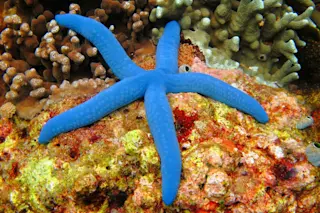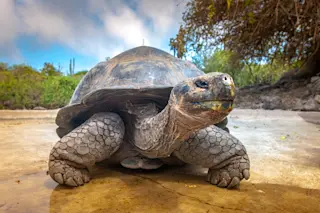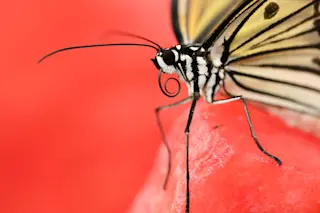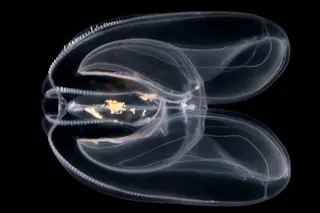Human cultural diversity
One of the most annoying aspects of talking about human evolution is the rather misguided idea that cultural evolutionary processes operate in a zero-sum environment in relation to biological evolutionary processes. The colloquial rendering of this idea is that because humans are a highly cultural plastic species, we are "beyond" biological evolution. Many researchers though suspect that on the contrary, because of cultural variation and plasticity we may be buffeted by even greater evolutionary pressures than is the norm for a relatively slow-breeding species with a small effective population size. Probably the best example of this is the ability of adults in several human populations to digest lactose sugar. This is, to not put too fine a point on it, a freak ability. Why would a mammal need to digest milk sugar as an adult after all? Well, you know why, the human mammal is wont to ...













